All About Plants -> plate boundaries
Plate Boundaries
Plate boundaries are the regions where two tectonic plates meet. There are three main types of plate boundaries: divergent, convergent, and transform boundaries. These boundaries are important because they are the primary locations for tectonic activity, such as earthquakes, volcanic eruptions, and the formation of mountain ranges.
Divergent Boundaries
Divergent boundaries occur where two tectonic plates are moving away from each other. This movement creates a gap that allows magma from the mantle to rise up and solidify, forming new crust. This process is known as seafloor spreading. Divergent boundaries are often found along mid-ocean ridges, such as the Mid-Atlantic Ridge.
Convergent Boundaries
Convergent boundaries occur where two tectonic plates are moving towards each other. When these plates collide, one plate is forced beneath the other in a process called subduction. This can lead to the formation of deep ocean trenches and volcanic arcs. The collision of continental plates can also result in the formation of mountain ranges, such as the Himalayas.
Transform Boundaries
Transform boundaries occur where two tectonic plates slide past each other horizontally. The movement along these boundaries is typically characterized by earthquakes, as the plates are locked together and then suddenly release their built-up energy. The San Andreas Fault in California is a well-known example of a transform boundary.
Study Guide
- What are plate boundaries?
- What are the three main types of plate boundaries?
- Describe the process of seafloor spreading at divergent boundaries.
- What geological features are associated with convergent boundaries?
- Where can transform boundaries be found and what type of tectonic activity do they experience?
Understanding plate boundaries is essential for comprehending the dynamic nature of the Earth's crust and the geological processes that shape our planet.
[Plate Boundaries] Related Worksheets and Study Guides:
.◂Science Worksheets and Study Guides Kindergarten. All About Plants
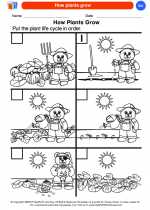
 Coloring Worksheet
Coloring Worksheet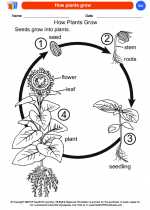
 Coloring Worksheet
Coloring Worksheet
 Coloring Worksheet
Coloring Worksheet
 Coloring Worksheet
Coloring Worksheet
 Coloring Worksheet
Coloring Worksheet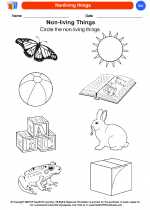
 Coloring Worksheet
Coloring Worksheet
 Coloring Worksheet
Coloring Worksheet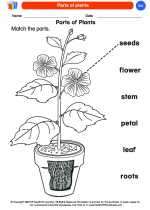
 Coloring Worksheet
Coloring Worksheet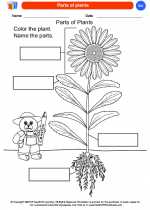
 Coloring Worksheet
Coloring Worksheet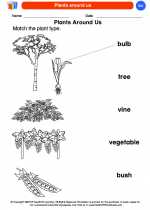
 Coloring Worksheet
Coloring Worksheet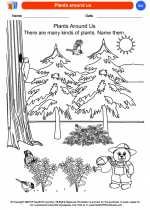
 Coloring Worksheet
Coloring Worksheet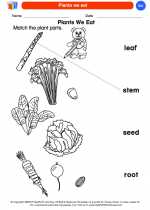
 Coloring Worksheet
Coloring Worksheet
 Coloring Worksheet
Coloring Worksheet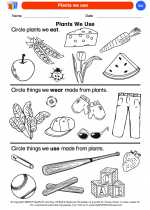
 Coloring Worksheet
Coloring Worksheet
 Coloring Worksheet
Coloring Worksheet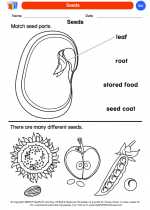
 Coloring Worksheet
Coloring Worksheet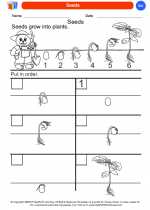
 Coloring Worksheet
Coloring Worksheet
 Coloring Worksheet
Coloring Worksheet
